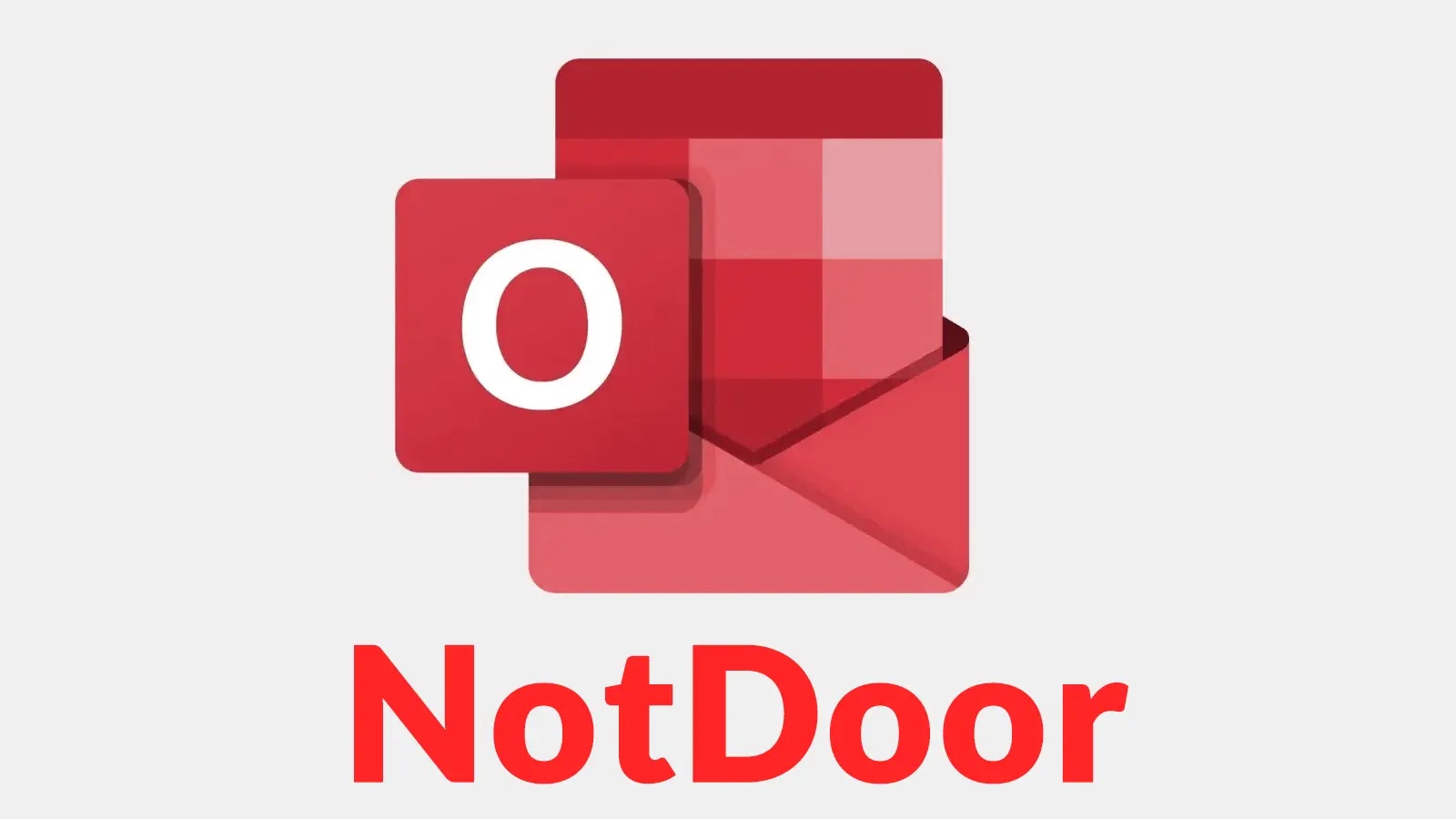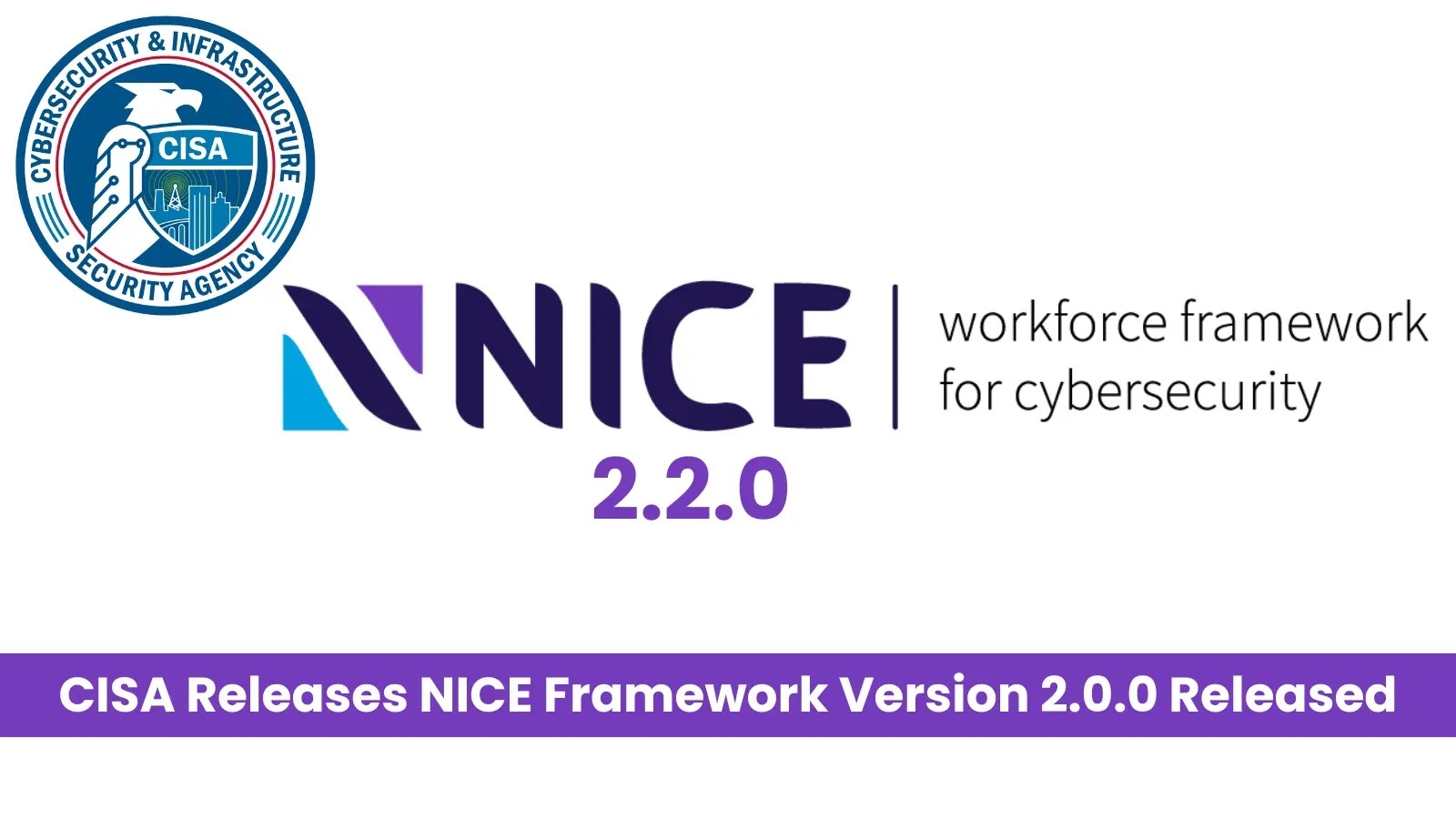A new and highly sophisticated variant of the Hook Android banking trojan, known as Hook Version 3, has surfaced, marking a significant advancement in mobile malware capabilities. This iteration introduces an extensive suite of 107 remote commands, including 38 newly added functionalities, effectively blurring the lines between traditional banking trojans, ransomware, and spyware.
Expanded Distribution Channels
Traditionally, malware distribution relied heavily on phishing websites to lure victims into downloading malicious applications. However, Hook Version 3 has expanded its reach by utilizing GitHub repositories as distribution platforms. By hosting malicious APK files on GitHub, attackers exploit the platform’s credibility, increasing the likelihood that users will trust and download these applications. This method not only enhances the malware’s dissemination but also signifies a shift towards more sophisticated and deceptive distribution strategies.
Notably, this approach isn’t isolated to Hook Version 3. Other malware families, such as Ermac and Brokewell, have also been observed leveraging GitHub for distribution, indicating a broader trend in malware-as-a-service operations.
Innovative Capabilities and Attack Mechanisms
Security analysts have identified several groundbreaking features in Hook Version 3 that set it apart from its predecessors:
1. Ransomware-Style Overlay Attacks: The malware can deploy full-screen warning messages demanding cryptocurrency payments. These messages are dynamically generated, with wallet addresses and payment amounts retrieved from command-and-control servers. This functionality is activated through a specific command and can be dismissed remotely when necessary.
2. Deceptive NFC Interfaces: Through a command labeled takenfc, Hook Version 3 creates fake Near Field Communication (NFC) scanning screens using fullscreen WebView overlays. While the current implementation lacks full JavaScript integration for data extraction, its presence suggests ongoing development towards more comprehensive NFC-based social engineering attacks.
3. Advanced Lock Screen Bypass: The malware employs a sophisticated mechanism to bypass device lock screens. By acquiring WakeLock privileges, performing swipe-up gestures, and systematically inputting captured PINs through simulated button presses, it effectively circumvents Android’s primary security barrier. This grants attackers complete access to the device, enabling further malicious activities.
Exploitation of Android Accessibility Services
Hook Version 3 continues to exploit Android’s Accessibility Services, a common tactic among mobile malware due to the extensive control it provides over device functions. By abusing these services, the malware can:
– Capture User Gestures Silently: Transparent overlays allow the malware to record user interactions without detection.
– Stream Screens in Real-Time: Attackers gain the ability to view the device’s screen activity as it happens, facilitating more precise and effective attacks.
These capabilities grant attackers unprecedented control over infected devices, enabling a wide range of malicious activities, from data theft to unauthorized financial transactions.
Implications and Recommendations
The emergence of Hook Version 3 underscores the evolving sophistication of mobile malware and the increasing challenges in defending against such threats. Users are advised to exercise caution when downloading applications, especially from sources outside official app stores. Regularly updating devices and applications, being vigilant about granting permissions, and utilizing reputable security software can help mitigate the risk of infection.
For organizations, implementing robust security measures, conducting regular security assessments, and educating employees about potential threats are crucial steps in safeguarding against such advanced malware.



